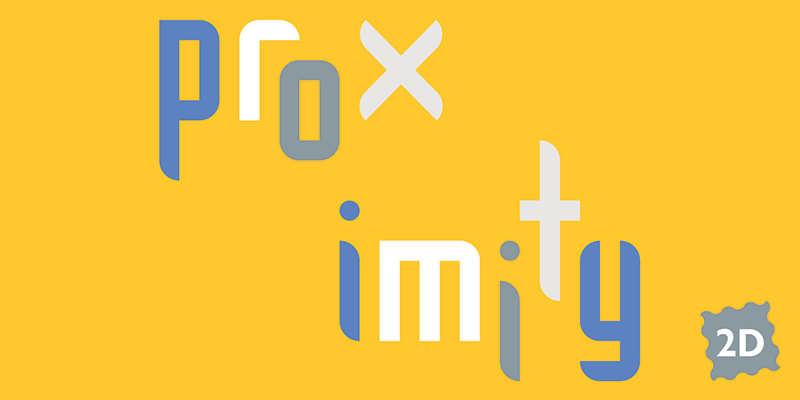From trendwatching.com
“The GENERATION C phenomenon captures the an avalanche of consumer generated ‘content’ that is building on the Web, adding tera-peta bytes of new text, images, audio and video on an ongoing basis.
“The two main drivers fueling this trend? (1) The creative urges each consumer undeniably possesses. We’re all artists, but until now we neither had the guts nor the means to go all out. (2) The manufacturers of content-creating tools, who relentlessly push us to unleash that creativity, using—of course—their ever cheaper, ever more powerful gadgets and gizmos. Instead of asking consumers to watch, to listen, to play, to passively consume, the race is on to get them to create, to produce, and to participate.
“Don’t get us wrong: superior tools and no talent still equals useless content. GENERATION C is and will continue to create heaps and heaps of crap which, at best, will be appreciated only by inner-circle friends and family.
“However, when Canon (see above) tells consumers that its products ‘leave one difference between you and a professional. They get paid’, they’re kind of behind already: talented members of GENERATION C actually DO get paid, as their stories, their observations, their articles, their pictures, their songs, and their books are noticed and bought by niche audiences, as well as (increasingly) by mass-media moguls eager for real-time, original content. Think thousands of ‘My News’ citizen reporters in South Korea, or tens of thousands of bloggers building personal brands (and thus warranting professional fees, and reaping advertising revenues). Or eBay-style marketplaces for content like lulu.com and redpaper.com, the latter describing itself as “a place on the Internet where any type of digital content no matter how abstract can be bought and sold by anyone interested in transacting it”. Or the guy who recently created a feature-length movie on his iMac using iMovie, for USD 218.32, which was apparently good enough to be shown at Sundance last month, with Gus Van Sant’s backing.
“Content Creation—and four other ‘C’s: Creativity, Casual Collapse, Control, and Celebrity.
“Creativity: let’s face it, we’re all creatives, if not artists! (Notice we didn’t say talented artists ;-). And as creativity normally leads to content, the link with GENERATION C is obvious. Which then brings us to Casual Collapse: the ongoing demise of many beliefs, rituals, formal requirements and laws modern societies have held dear, which continue to ‘collapse’ without causing the apocalyptic aftermath often predicted by conservative minds. From women’s rights to gay marriage to not wearing a tie to work if you don’t feel like it!
“What does this have to do with GENERATION C? Well, as a new generation of parents is slowly abandoning its obsession with children becoming doctors, lawyers or business executives, they are realizing that creative careers are not necessarily a dead-end road to poverty and family scandal. Creativity is about to be unleashed full force, following a classic Casual Collapse path to mainstream acceptance.
“In fact, as Richard Florida, professor of Regional Economic Development eloquently argues in his book ‘The Rise of the Creative Class’, a society in which the creative ethos is increasingly dominant is already emerging, with tens of millions of professionals in the US, Europe and Asia leading the way.
(Yes, TRENDWATCHING.COM realizes Casual Collapse warrants a full trend description by itself, so stay tuned!)
“Moving on to the C for Control: besides the need to be creative, control is one of mans’ other fundamental needs. To be in charge, to be master of one’s own destiny (or at least have the illusion of control ;-), is a holy grail for many. So… to make a big leap to the world of business: consumers happily find they increasingly have control over what they buy and who they buy it from.
“If we link this to GENERATION C, we’ll see a shift from straight forward consumption to customization, or even co-production. The latter already takes place in a big way in the online world: just think of how Microsoft ‘invites’ millions to download beta versions of its software to test and improve it, or how a Google community aptly named ‘What Should Google Do’, attracts hundreds of devotees who will share their smart suggestions, if not ready-to-use content contributions, for all Google employees to read.
And how about www.ilounge.com (yes, yet another iPod example)? This is where GEN C-erspost iPod concepts they would like to see in stores one day, or have already created in their basement or garage (source: Steve Portigal).
“In fact, Borders—the US book retailer—recently launched a GENERATION C trial with Xlibris (‘where writers become authors’), a print-on-demand company that offers writers a USD 500 starters kit, providing them with everything they need to get a paperback to market, including all phases of production and a cover (source: NYT). Borders will sell the Xlibris kit to its customers, and after publication of a paperback, will sell the books (which are printed on demand, not in bulk) in its stores in the author’s local market.
“OPPORTUNITIES
“So what does the above mean? In order to profit from the GENERATION C trend, as a professional or organization, make sure you not only provide consumers with the means to create and distribute content (from USD 999 professional cameras to the free global distribution network that is the internet), but also acknowledge deep human needs for control and for exposure. Get your customers involved with the design of your goods and services, have them deliver input on your processes, allow them to customize and personalize your offerings. And above all, never underestimate how much creativity is hidden deep down in all of them. Only 10 years ago, to most companies, the C in GENERATION C would most likely represent consumption. Times have changed. So… be creative!”






